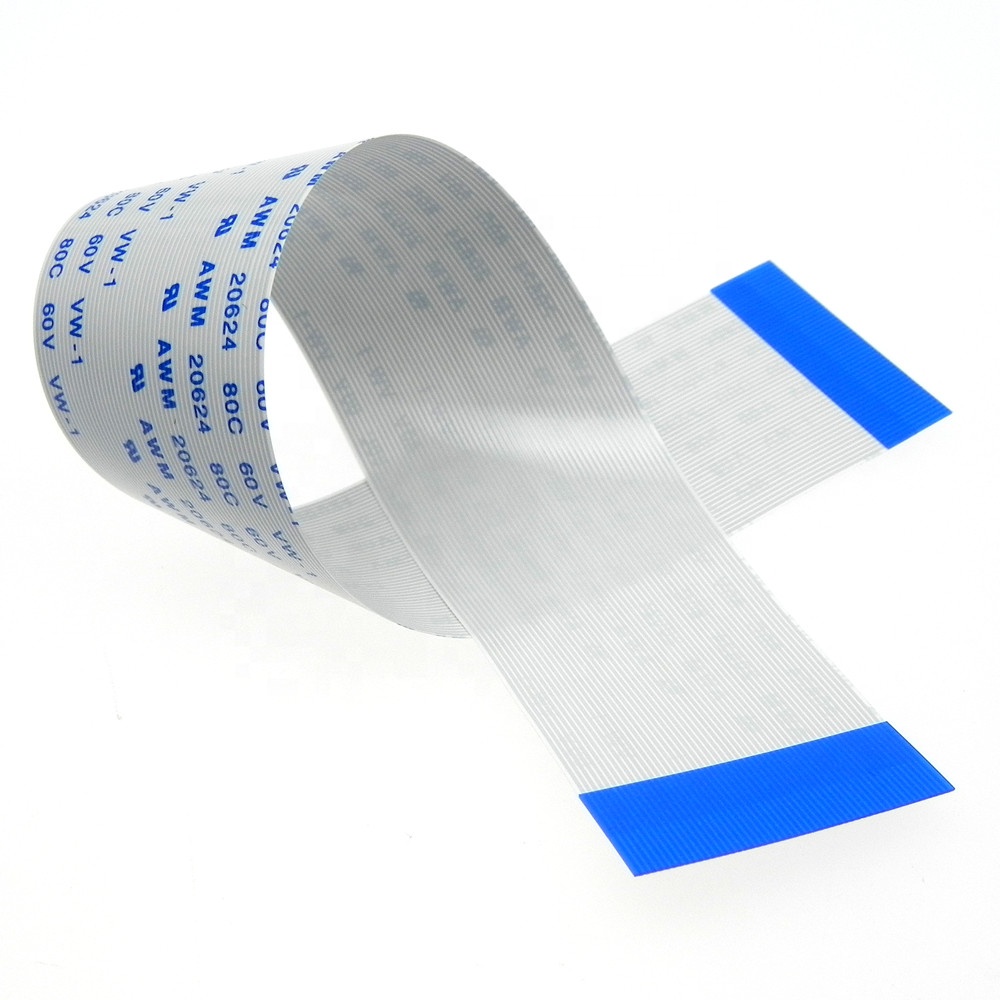In a world where electronic devices are becoming increasingly compact and powerful, Flexible Flat Cables (FFC) play a critical role as hidden enablers. These flat, flexible conductive pathways have revolutionized connection technology for decades – from smartphones to industrial robots.
What is an FFC Cable?
FFC stands for Flexible Flat Cable, referring to ultra-thin interconnect solutions composed of parallel copper conductors protected by a flexible insulating layer (typically polyester or polyimide). Unlike traditional round cables, their flat design enables space-saving installations in cramped enclosures.
Structure and Variants
A typical FFC cable consists of:
- Copper conductors (0.035–0.1 mm thickness) with tin or gold plating
- Insulation materials like PET (heat-resistant up to 105°C) or PI (up to 200°C)
- Connectors with pitch sizes ranging from 0.3 mm to 2.54 mm
Modern variants even integrate shielded versions (FFC/S) for high-frequency applications or twisted pairs to reduce interference.
Application Overview
| Industry | Use Cases |
|---|---|
| Consumer Electronics | Smartphone displays, laptop cameras |
| Automotive | Airbag controls, infotainment systems |
| Medical Technology | Endoscopes, wearable sensors |
| Industry 4.0 | Robotic arms, CNC controllers |
Advantages Over Conventional Cables
- Space Savings: Up to 80% thinner than round cables
- Flexibility: Up to 10 million bending cycles (per IEC 60668-2)
- Signal Integrity: Low crosstalk due to fixed conductor spacing
- Cost Efficiency: Enables automated mass production
Challenges and Solutions
Despite their advantages, FFCs require special handling:
- Shear Force Sensitivity: Special guide rails during installation
- Limited Current Capacity: Max. 0.5 A per conductor (solution: parallel circuits)
- EMC Issues: Shielded or twisted-pair variants
Future Prospects
With the development of 5G technologies and flexible electronics (e.g., foldable displays), demand for high-frequency FFCs up to 40 GHz is rising. Simultaneously, eco-friendly materials like biodegradable polymers are driving sustainability efforts.
Conclusion:
FFC cables embody the perfect synergy of miniaturization and high-performance engineering. As key components in our connected world, they will continue to push the boundaries of technical feasibility – invisible yet indispensable.


No responses yet